In Bloom
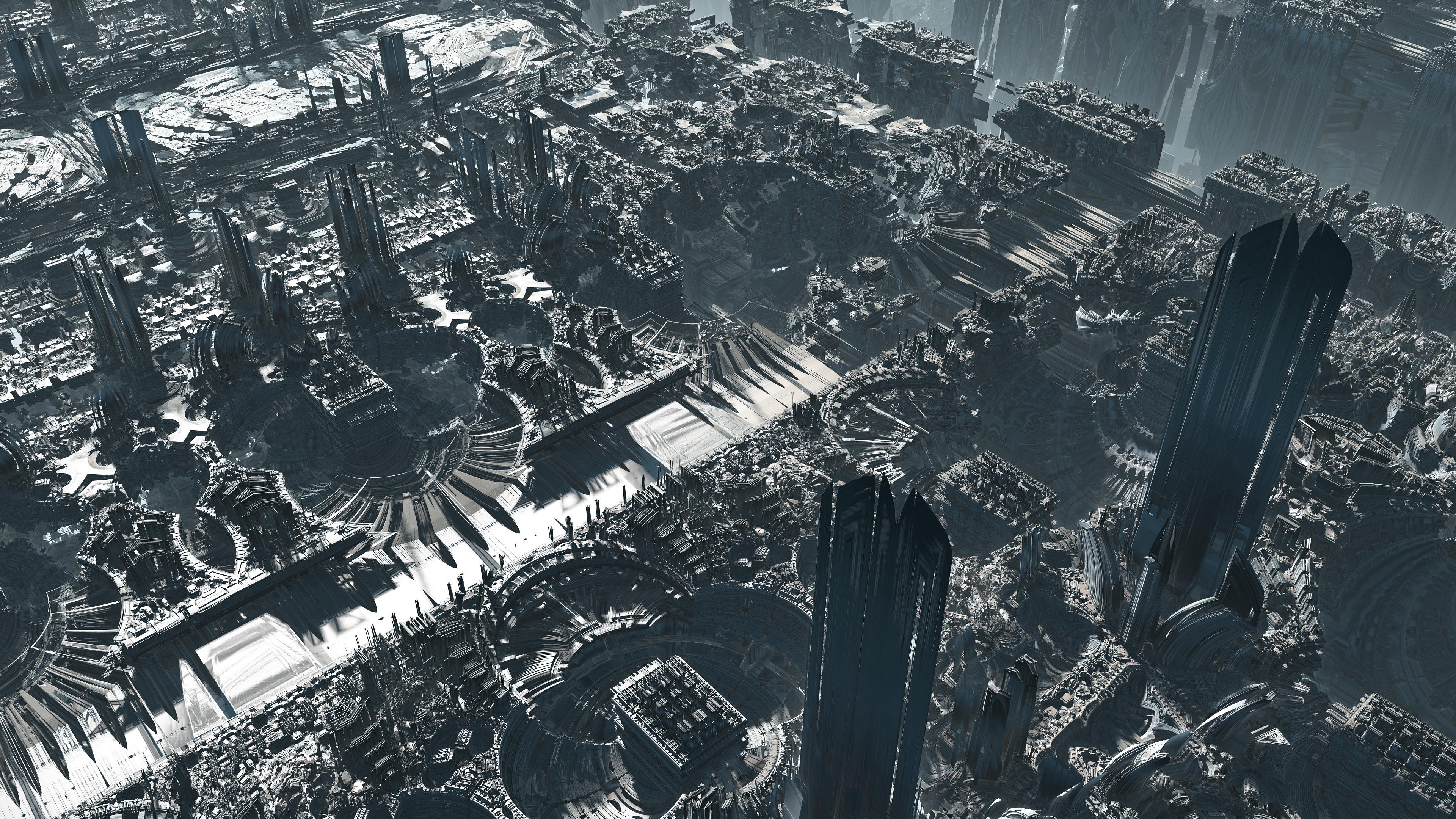
Working on procedural (code generated) cities.
Like many things code generated, we start from Lindenmayer systems (L-systems).
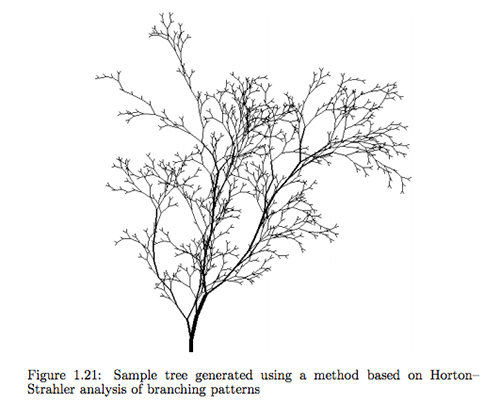
L-systems are a mathematical theory of plant development by Aristed Lindenmayer, a Hugarian botanist.
For reference, read The Algorithmic Beauty of Plants, by Przemyslaw Prusinkiewicz. The text is made avaliable by the author here.
If plant growth can be modeled mathematically, why not architecture…and by extension, districts, cities and megacities?
and by contaction, spaces and rooms?
Considering the comfort we get from spending time in nature, doesn’t modeling our cities after natural forms make sense?
And I don’t mean parametric architecture. Does anybody but architecture otaku like that stuff?
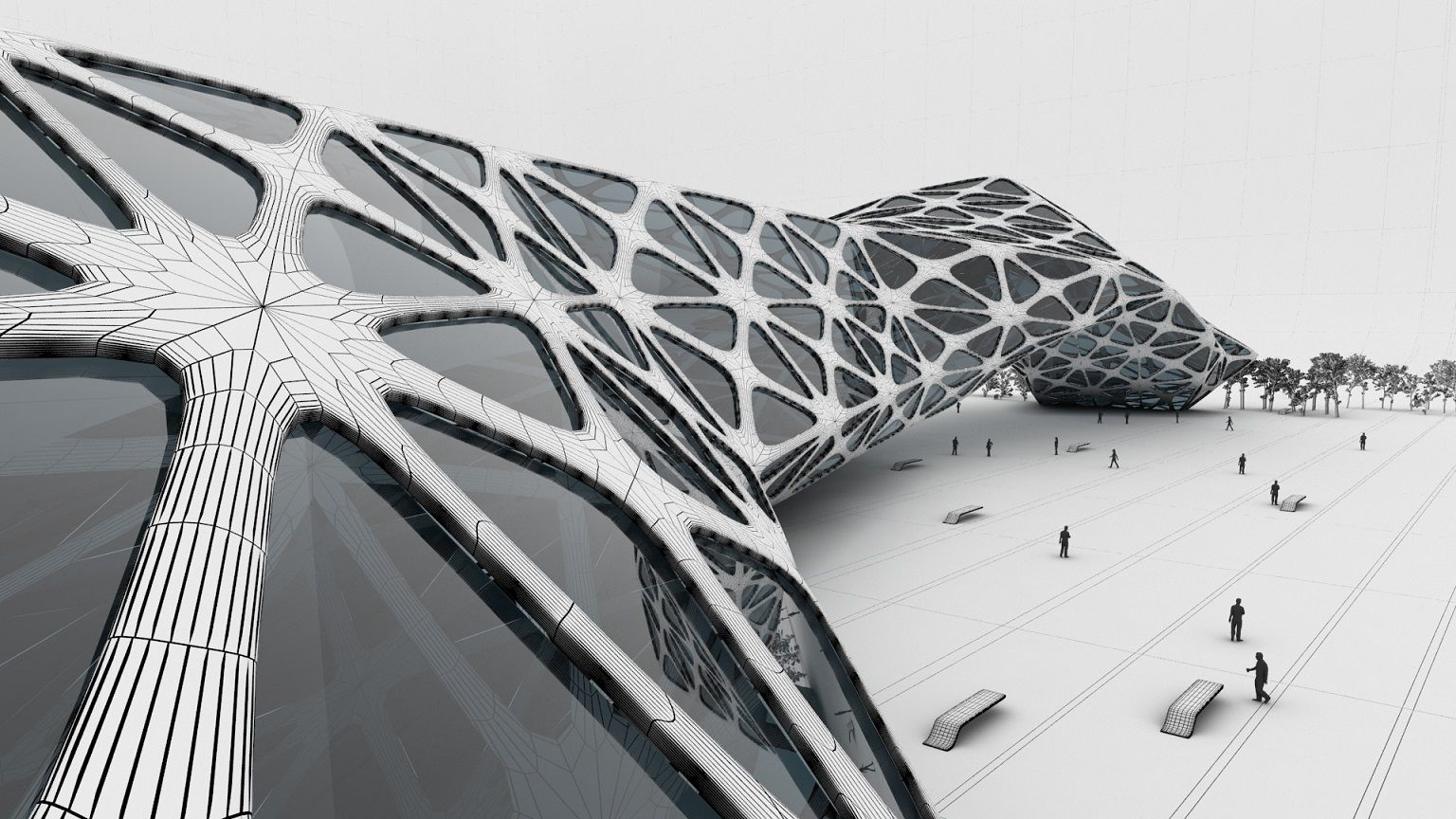
trying too hard
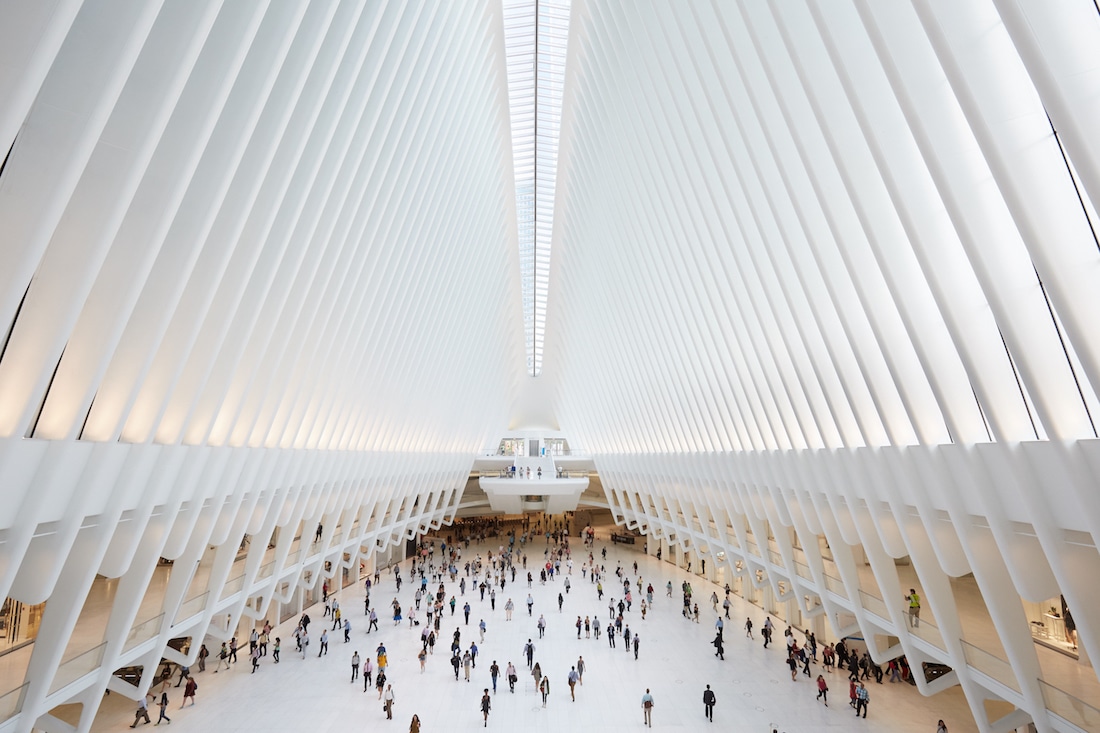
I like the oculus world trade center train station though. It reminds me of being in the belly of a big whale. nice!
Skin and bone
Vitruvius made man the measure of all things.
We know him through the Vitruvian Man, Leonardo da Vinci based the drawing on Vitruvius’ writings.
Vitruvius’s De architectura associates architecture with the human body— building as BODY, city as BODY, and the empire as the BODY of holy roman emperor Augustus.
Side note: Why is Egon schiele the most compelling artist of the human body of the 20th century? Because he makes little distinction between cartilage and epidermis: skin folds into structure, structure canniablizes skin. To look at Schiele is to gaze upon a Gothic cathedral see the buttresses on the outside.
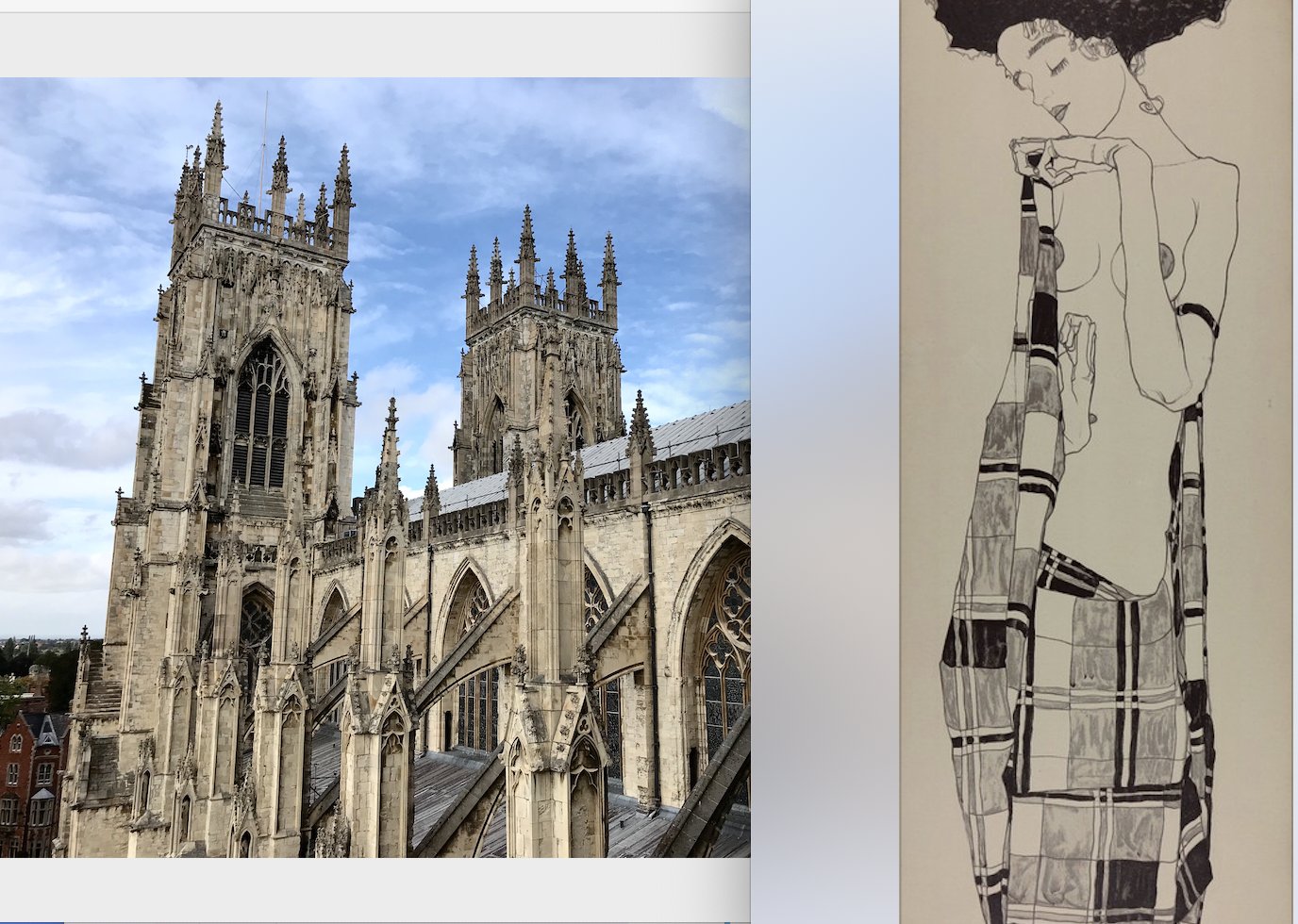
anyways, After the renaissance, the human body becomes an explicit starting point for architecture.
But don’t be deceived! this vector starts far FAR earlier. just think of plato’s city! structure of the body IS the structure of the city despite the protests of Socrates’s (quite reasonable) interlocutors.
the egyptians find it important to apply precision to images of the body, hence their drawn human bodies look exactly the same. And of course they’re using their forearm and finger lengths to measure out the pyramids.
The West is VERTICALITY. The taming of nature by man from upwards down… Vitruvius is the descendant of a tradition that fetishizes the human ability to IMPOSE itself onto its surroundings, ….to craft its surroundings IN ITS OWN IMAGE.
To receive a Western education as i have, is to take this for granted, much like joke of the fish that doesn’t know what water is!
Systems, organization, counting….machetes against dark.
The West is VERTIGO. Systems are the apotheosis of western thought. they are the source of its wonderful works, but also of its anxiety. Look no further than the titles of the self help section of the bookstore (and now, YOUTUBE) to understand this.
Outside the west we find a quite a different conception of world. Shinto is based on a horizontal understanding of the world, no? separate domains, heaven, hell if there such things in Shinto, are seen on the horizon, are based on the realms of the mountains and the sea.
Examine Japanese gardens to feel this difference, viscerally.
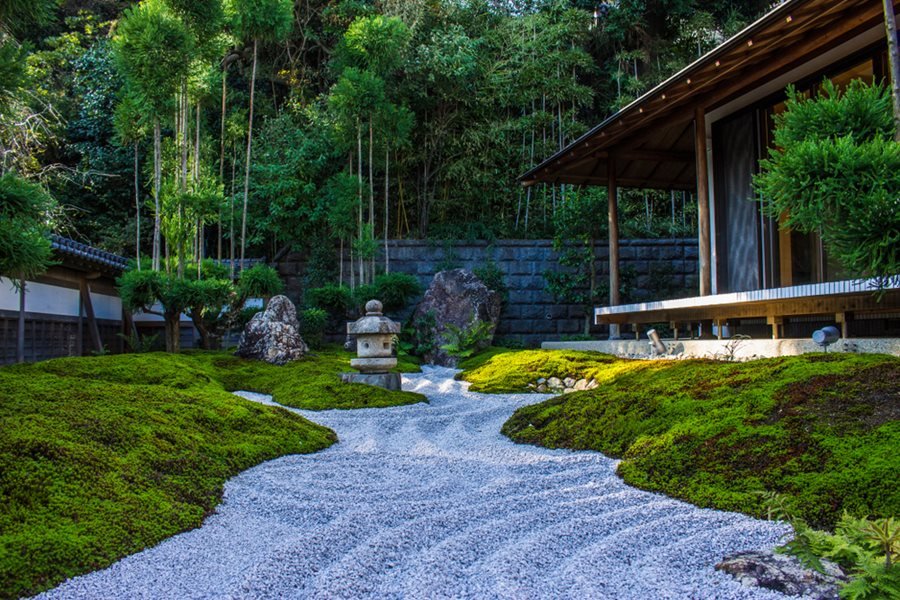
Say one travels to a small town next to the sea outside the “Western world”, and one is walking through the central plaza, under the dim soft lights, hearing the gentle patter of evening conversation. Shining eyes see shining eyes across the street. The dark hums with a gentle gentle indifference. There is a difference one can feel in their bones but what is it? People will repeat the things they’ve heard like “it’s more chill” and “people are more social”, not realizing that the THRUST OF LIFE starts from a different place.
what were we talking about? Ah, dark jungles.
Tsutomu Nihei is an artist who conceives of a world in which building robots lose data integrity over time, resulting in them building entirely random structures with no intended purpose in mind. Over time this results in unhindered, chaotic megastructures.

Scary and wonderful at the same time.
And to think this pretty much happened in real life without the aid of skynet!
“The Kowloon Walled City in Hong Kong was once the most densely populated place on earth, a teeming hive of interlinking high-rises that few dared to enter buy 33,000 people called home. Demolished two decades ago, the virtually lawless labyrinth still lives on in movies, books and even a Japanese theme park” -Wall Street Journal
“There was no law to speak of. This was an anarchist society, self-regulating and self-determining. It was a colony within a colony, a city within a city, a tiny block of territory at once contested and neglected. It was known as Kowloon Walled City. But locals called it something else. Hak Nam—the City of Darkness.” -Atlas Obscura
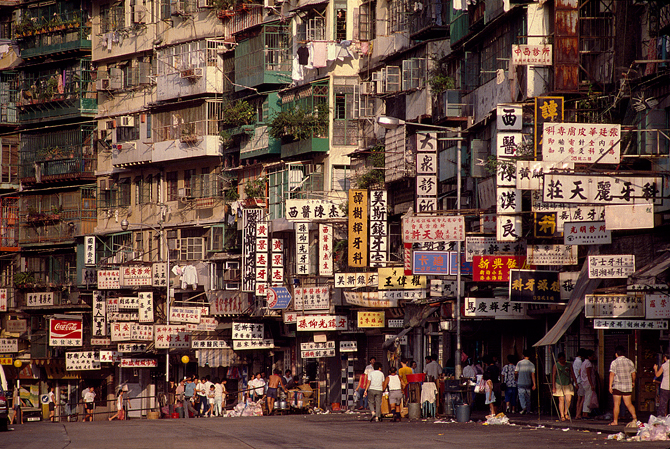
No place on earth has captured popular imagination in quite the way that Kowloon has.
The seediness, the lawlessness, the adhoc-ness, it does seems like a jungle as it self-perpetuates with no goal in mind.
What does a PLANT LIKE CITY look like? Let’s try to get away from code ideas, nerd ideas, the need for FUTURISM FOR ITS OWN SAKE.
After all, a plant algorithm is remarkably simple! It gains complexity when it is allowed to run for cycles.
We’re talking about an acceptance of chaos here…maybe the admittance that it is the only sublime thing.